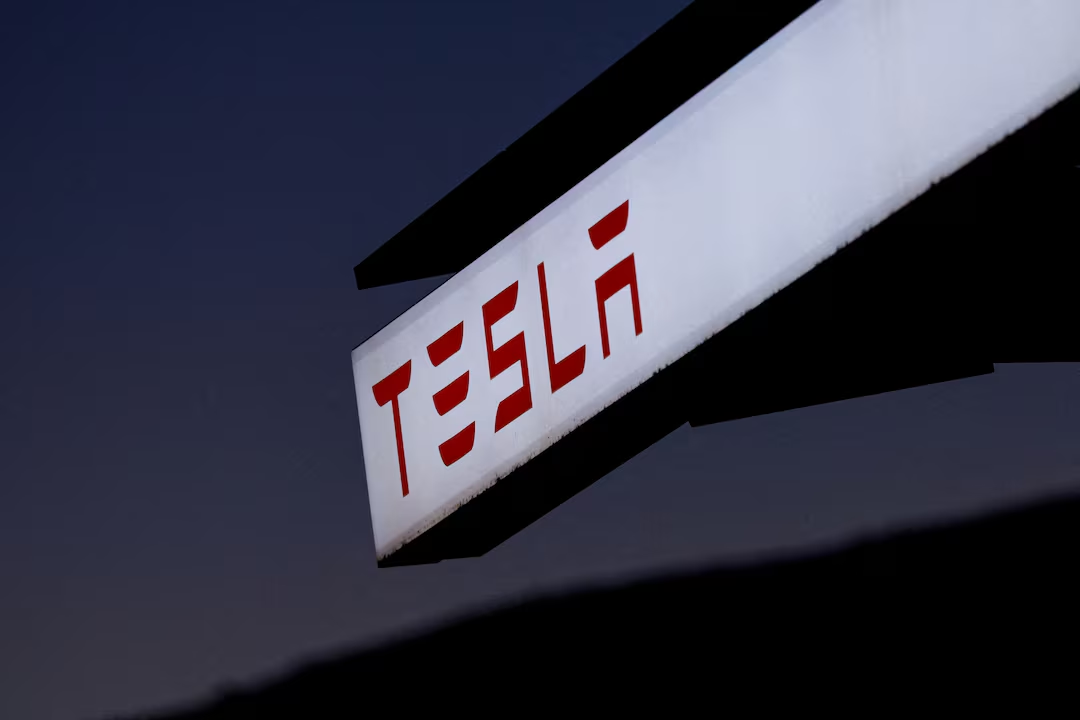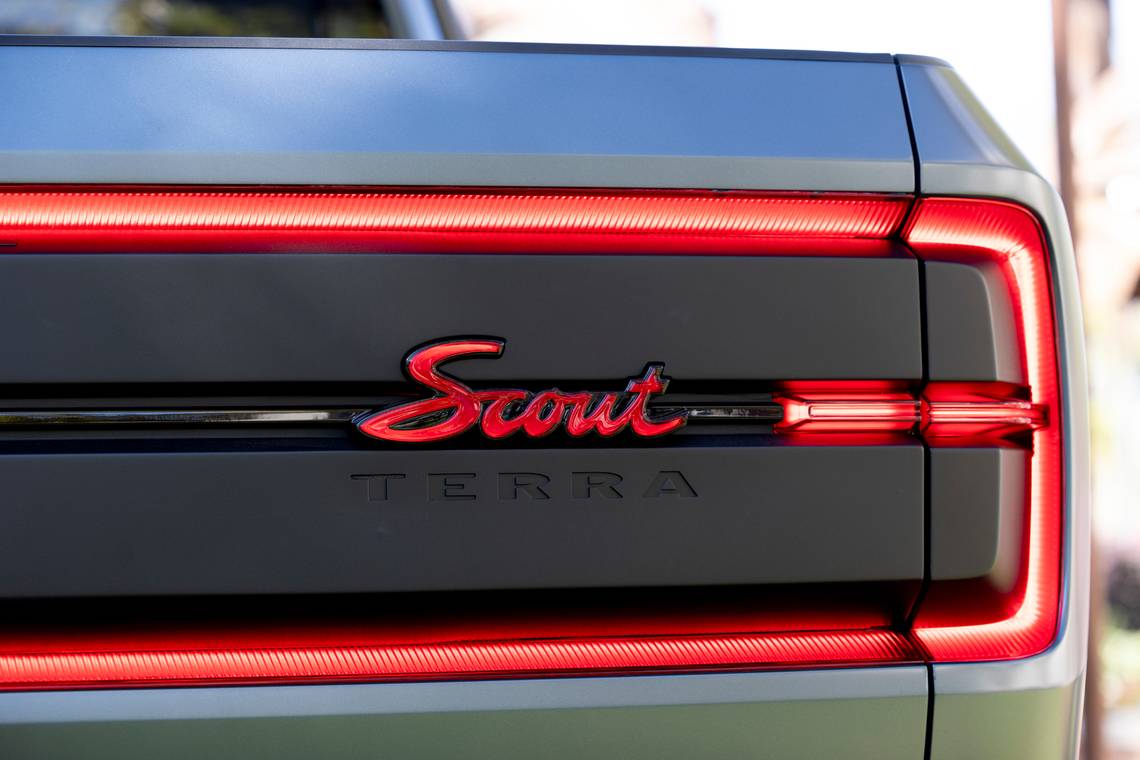Tesla Investors’ Lawsuit: Elon Musk Accused of Deception Over Autonomous Taxi
Tesla’s ambitious venture into autonomous driving technology has once again thrust the electric vehicle giant into legal controversy. A new class-action lawsuit filed by shareholders against CEO Elon Musk and the company alleges systematic deception regarding the capabilities and risks associated with Tesla’s self-driving taxi service, marking another significant challenge for the world’s most valuable automaker.
The legal action represents more than just financial grievances; it strikes at the heart of Tesla’s future business model and Musk’s credibility as a technology visionary. As autonomous driving remains central to Tesla’s long-term strategy and stock valuation, these allegations could have far-reaching implications for investor confidence and regulatory oversight.
This lawsuit emerges against a backdrop of mounting pressures facing Tesla, from declining electric vehicle sales to increased scrutiny of its autonomous driving systems. The timing and scope of these legal challenges suggest that Tesla’s period of largely unquestioned market dominance may be giving way to a more challenging phase of accountability and competition.
Context and Nature of the Accusations
Class Action Lawsuit Against Elon Musk and Tesla
Shareholders have initiated a comprehensive class-action lawsuit targeting CEO Elon Musk directly, alleging that he deliberately misled investors about the true state of Tesla’s autonomous driving capabilities. The legal action accuses Musk and the company of “concealing significant risks” associated with their self-driving vehicle technology, risks that could materially impact the company’s financial performance and future prospects.
The lawsuit represents a coordinated effort by multiple investors who claim they suffered financial losses due to Musk’s allegedly misleading statements about Tesla’s autonomous driving timeline and capabilities. These shareholders argue that they made investment decisions based on false or incomplete information provided by Tesla’s leadership, resulting in significant financial harm when the reality of the technology’s limitations became apparent.
The legal challenge goes beyond typical securities litigation by specifically targeting Musk’s role as the primary communicator of Tesla’s autonomous driving progress. Shareholders contend that Musk’s public statements, social media posts, and investor communications created unrealistic expectations about the technology’s readiness and safety, artificially inflating the company’s stock price.
Allegations of Exaggeration and Risk Concealment
Central to the lawsuit are accusations that Elon Musk and Tesla “repeatedly exaggerated” the capabilities of their autonomous driving system, creating a misleading impression of the technology’s current state and near-term prospects. The shareholders argue that these exaggerations were not mere optimistic projections but deliberate attempts to manipulate investor sentiment and maintain Tesla’s premium valuation.
The alleged exaggerations reportedly drove up the company’s stock value by creating false confidence in Tesla’s competitive advantage in autonomous driving technology. Investors claim that Musk’s statements led them to believe that Tesla was significantly ahead of competitors in developing safe, reliable self-driving capabilities, when the reality was far more complex and uncertain.
The lawsuit suggests that Tesla and Musk failed to adequately disclose the significant technical challenges, regulatory hurdles, and safety concerns associated with deploying autonomous vehicles at scale. This failure to provide complete risk disclosure allegedly violated securities laws requiring public companies to give investors material information about potential challenges to their business models.
Autonomous Taxi Tests and Their Consequences
Severe Incidents Revealed by Videos
The experimental launch of Tesla’s “autonomous taxi” service near Austin, Texas, has generated disturbing evidence that undermines the company’s claims about the technology’s readiness for public deployment. Multiple videos have emerged showing Tesla vehicles operating in ways that pose significant safety risks to passengers, pedestrians, and other road users.
The documented incidents include Tesla vehicles accelerating inappropriately in residential areas where speed limits and safety concerns should dictate more cautious behavior. These videos show cars reaching unsafe speeds in neighborhoods where children play and families walk, raising serious questions about the vehicles’ ability to assess and respond to complex urban environments appropriately.
Perhaps most alarming are videos showing Tesla vehicles mounting sidewalks, a behavior that could result in serious injuries to pedestrians who rightfully expect vehicles to remain on roadways. Additional footage reveals vehicles driving in wrong lanes of traffic, creating dangerous situations for oncoming traffic and demonstrating fundamental failures in the autonomous systems’ understanding of traffic laws and road infrastructure.
The videos also capture incidents where passengers are deposited in the middle of active roadways rather than at safe pickup and drop-off locations. This behavior not only endangers the passengers themselves but also creates traffic hazards as people attempt to exit vehicles in inappropriate locations.
Official NHTSA Investigation
The disturbing video evidence of Tesla’s autonomous taxi failures prompted the National Highway Traffic Safety Administration (NHTSA) to launch an official investigation into the testing program. This federal scrutiny represents a significant escalation in regulatory oversight of Tesla’s autonomous driving claims and could result in restrictions on future testing or requirements for additional safety measures.
NHTSA’s involvement signals that federal regulators view the documented incidents as more than isolated technical glitches, but rather as potential indicators of systemic problems with Tesla’s autonomous driving approach. The investigation could examine not only the specific incidents but also Tesla’s testing protocols, safety validation procedures, and decision-making processes that led to the deployment of clearly problematic technology.
The federal investigation adds regulatory risk to Tesla’s legal challenges, as NHTSA has the authority to mandate recalls, impose operational restrictions, or require significant modifications to autonomous driving systems. These potential regulatory actions could substantially impact Tesla’s autonomous driving timeline and associated business plans.
Financial Impact: $68 Billion Loss
Despite initial optimism that drove Tesla’s stock price higher following the announcement of autonomous taxi testing, market reality quickly reasserted itself when the problematic videos became public. The company’s stock price fell 6.1% just two days after testing began, reflecting investor concerns about the technology’s readiness and potential liability issues.
This seemingly modest percentage decline translated into a staggering $68 billion reduction in Tesla’s market capitalization, demonstrating the enormous financial stakes associated with the company’s autonomous driving promises. The scale of this loss illustrates how heavily Tesla’s valuation depends on investor confidence in its technological capabilities and competitive advantages.
The rapid market reaction suggests that investors were unprepared for the severity of the problems revealed during testing, supporting shareholders’ allegations that Tesla had not adequately communicated the risks and limitations of their autonomous driving technology. The magnitude of the financial impact provides concrete evidence of the damages claimed in the class-action lawsuit.
Elon Musk’s Communications and Company Response
Previous Assurances to Shareholders
The lawsuit gains additional weight from documented interactions between Musk and shareholders who had previously expressed concerns about Tesla’s autonomous driving claims. In April, worried investors directly confronted Musk about their concerns regarding the safety and readiness of Tesla’s self-driving technology, seeking clarity about the company’s actual capabilities versus its public statements.
Musk’s response to these concerns reportedly provided reassurance that testing would begin in June as planned, and he characterized Tesla’s approach to autonomous driving as both “safe and scalable.” These statements, made directly to concerned shareholders, now form part of the evidence supporting allegations that Musk knowingly provided misleading information about the technology’s status.
The timing of these assurances makes them particularly significant for the lawsuit, as they demonstrate that Musk was aware of investor concerns about autonomous driving risks but chose to provide optimistic assessments rather than comprehensive risk disclosures. The subsequent problems revealed during testing suggest that these assurances were not supported by the technology’s actual performance capabilities.
Tesla’s Silence Regarding the Lawsuit
The class-action lawsuit names not only Elon Musk but also the company’s financial leadership, including Chief Financial Officer Vaibhav Taneja and his predecessor Zachary Kirkhorn. This broad targeting suggests that shareholders believe the alleged deception extended beyond Musk’s public statements to include the company’s financial reporting and investor communications.
Tesla’s lack of response to media requests for comment regarding the lawsuit creates additional uncertainty about the company’s defense strategy and acknowledgment of the allegations. This silence contrasts with Tesla’s typically aggressive approach to public relations challenges and may indicate the serious nature of the legal exposure the company faces.
The inclusion of financial executives in the lawsuit suggests that shareholders believe Tesla’s financial statements and SEC filings contained misleading information about autonomous driving capabilities and associated risks. This expansion beyond Musk personally could result in more severe penalties and broader corporate accountability if the allegations are proven.
Tesla’s Multiple Current Challenges
Declining Sales and Increased Electric Vehicle Market Competition
The autonomous driving lawsuit compounds a series of mounting challenges facing Tesla’s business model and market position. Electric vehicle sales have declined “considerably” in recent months, driven by what industry analysts describe as “intense competition” from Chinese manufacturers who are offering comparable technology at lower prices.
This increased competition threatens Tesla’s premium pricing strategy and market share dominance, particularly in key international markets where Chinese companies have established strong footholds. The combination of competitive pressure and autonomous driving controversies creates a particularly challenging environment for maintaining investor confidence and financial performance.
The declining sales trend suggests that Tesla’s early-mover advantage in the electric vehicle market may be eroding as competitors catch up technologically while offering more attractive pricing and feature combinations. This market reality makes the successful deployment of autonomous driving technology even more critical to Tesla’s differentiation strategy and long-term competitiveness.
Damaging Legal Precedent Involving Autonomous Driving
Tesla faces additional legal vulnerability from a recent Florida court ruling that found the company “partially responsible” for a 2019 accident that resulted in the death of a 22-year-old woman. The court’s decision to award $243 million in compensation to the victim’s family establishes a concerning precedent for future autonomous driving liability cases.
Although Tesla has appealed this decision, the ruling represents a significant challenge to the company’s legal strategy for managing autonomous driving liability. The court’s finding that Tesla’s autonomous driving system was among the causes of the fatal accident directly contradicts the company’s safety claims and could influence other pending litigation.
The Florida case demonstrates that courts are willing to hold Tesla accountable for autonomous driving failures that result in serious harm, potentially exposing the company to substantial financial liability as its vehicles accumulate more miles and encounter more complex driving scenarios. This legal precedent adds weight to current shareholders’ allegations about inadequate risk disclosure.
The mounting legal challenges have created what industry observers describe as a crisis of confidence in Tesla’s autonomous driving claims, with multiple courts and regulatory bodies questioning the company’s safety assurances and technical capabilities. This pattern of legal setbacks suggests that Tesla’s autonomous driving program faces systemic rather than isolated problems.
The convergence of the shareholder lawsuit, federal investigation, declining sales, and adverse court rulings creates a particularly challenging period for Tesla and Elon Musk. The company’s ability to navigate these simultaneous challenges while maintaining its technological development timeline and market position will likely determine whether Tesla can sustain its position as the leading electric vehicle manufacturer and autonomous driving developer.
The ultimate resolution of the shareholder lawsuit could establish important precedents for how public companies communicate about emerging technologies and the standards of disclosure required when promoting speculative business models. For Tesla specifically, the case represents a crucial test of whether the company’s ambitious claims about autonomous driving can withstand legal scrutiny and market reality.




